Authored by: LinSights Health
Managing costs in the healthcare supply chain can feel overwhelming, but it doesn’t have to be. With the right strategies in place, you can streamline operations and significantly cut expenses while maintaining quality care. In this blog, we’ll uncover some of the best-kept secrets to safeguarding your budget without compromising service. Let’s dive into these actionable insights!
1. Leverage Technology for Efficiency
In today’s digital age, technology offers unprecedented opportunities to enhance efficiency in the healthcare supply chain. By automating routine tasks, like ordering supplies and tracking inventory, you can minimize human errors and save valuable time. Implementing software solutions that integrate with existing systems allows for real-time data sharing, making it easier to monitor stock levels and predict demand. This not only optimizes operations but also translates to real cost savings.
Moreover, utilizing advanced analytics can provide insights into spending patterns and supplier performance. With the right data at your fingertips, you can make informed decisions that lead to smarter purchasing choices. Predictive analytics, for example, can help anticipate when supplies are running low, which can prevent costly emergency orders. It’s all about working smarter, not harder, to unlock savings.
2. Optimize Inventory Management
Inventory management is a critical area where healthcare organizations can drastically reduce costs. The key is finding that delicate balance between having enough inventory to meet demand without overstocking, which ties up valuable resources. One effective strategy for achieving this is to adopt a just-in-time inventory system. By aligning supply deliveries closely with actual usage, you can significantly cut down on excess inventory and minimize waste.
In addition to adopting just-in-time practices, regular audits of your inventory can expose trends that may not be immediately obvious. Perhaps certain items are consistently underutilized, leading to wasted funds. Analyzing your inventory usage will help you make data-driven decisions—ensuring you stock only what is necessary. This not only optimizes your budget but also allows your team to focus on providing quality care.
3. Establish Strong Vendor Relationships
Building and maintaining strong relationships with suppliers can yield significant benefits for your healthcare supply chain. When vendors see you as a valued partner rather than just another customer, they’re often willing to offer better prices, more favorable terms, or even volume discounts. Open communication is essential; regularly discuss your needs and anticipate future demands together. This can lead to collaborative solutions that save both parties time and money.
Furthermore, a good relationship with your vendors can provide access to exclusive offers and new products before they hit the general market. Networking within industry circles can also reveal alternative suppliers who may offer more competitive pricing without compromising quality. Ultimately, investing time in vendor relationships translates into financial savings and improved supply chain performance.
4. Conduct Regular Cost Analysis
Regularly conducting a thorough cost analysis is vital in identifying areas of potential savings in your healthcare supply chain. By routinely reviewing your expenses, you can identify trends over time that may signal where money is being wasted. For instance, you might discover that you are overpaying for specific items due to a lack of competitive bidding or that certain products have increased in cost dramatically without any change in value.
Moreover, obtaining feedback from your staff about supplies they regularly use can inform your analysis. Engaging frontline workers provides insights into which suppliers deliver quality products consistently and which might need reevaluation. This collaborative approach ensures that you’re not just looking at numbers but also factoring in service quality, fostering a holistic view of your supply chain.
In addition, cost analysis should be an ongoing process. Setting up regular intervals for re-evaluating cost efficiency allows you to stay proactive rather than reactive. This way, you can catch any rising costs early and negotiate better terms with suppliers before they impact your budget.
5. Implement Group Purchasing Strategies
One of the most effective ways to cut costs in healthcare supply chains is by adopting group purchasing strategies. By collaborating with other healthcare facilities or organizations, you can leverage collective buying power to secure significant discounts that might be unattainable individually. This cooperative model fosters a sense of unity within the industry while ensuring that everyone benefits from lower costs.
It’s essential to establish a group with aligned goals and similar supply needs for this strategy to work best. Regular meetings and communication help maintain understanding and ensure all parties feel valued. The outcome? Better negotiation with suppliers and, ultimately, reduced costs across the board.
6. Train Your Staff on Supply Chain Best Practices
Investing in training programs for your staff is another pivotal step in reducing costs within your healthcare supply chain. Providing them with knowledge regarding best practices empowers your team to work more efficiently and responsibly with resources. Understanding how to optimize inventory management, use purchasing software effectively, and track spending provides valuable tools that promote cost savings.
Additionally, fostering a culture of awareness about cost implications can spark innovative ideas from your team members. Encourage open discussions about efficiencies and possible improvements in daily operations. When employees feel responsible for the supply chain process, they become proactive problem solvers, which can lead to unexpected savings.
7. Monitor and Adjust Based on Performance Metrics
Finally, consistently monitoring performance metrics is crucial for effective cost management in your healthcare supply chain. Key performance indicators (KPIs) provide valuable feedback on how well your supply chain is functioning and where it might be falling short. By analyzing these metrics regularly, you can quickly identify trends that require immediate attention, enabling you to make informed decisions concerning your supply chain operations.
Moreover, using performance metrics to set benchmarks helps enhance accountability. Comparing actual performance against set goals allows you to adjust strategies as needed, ensuring you are always moving towards more efficient practices. This dynamic approach not only supports cost reduction but also promotes a culture of continuous improvement that ultimately benefits your entire organization.
Schedule a Consultation or visit www.LinSightsHealth.com to learn more.



